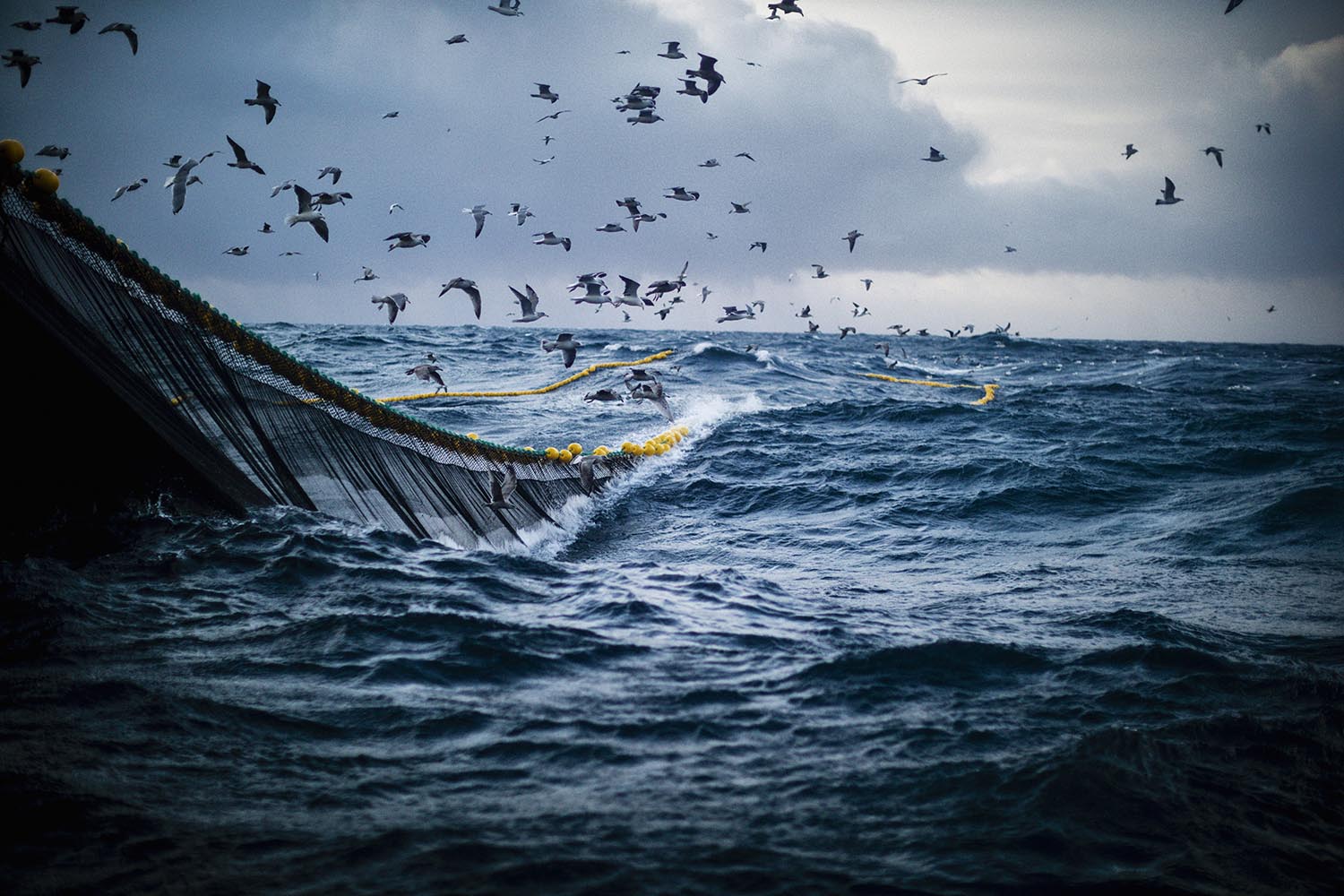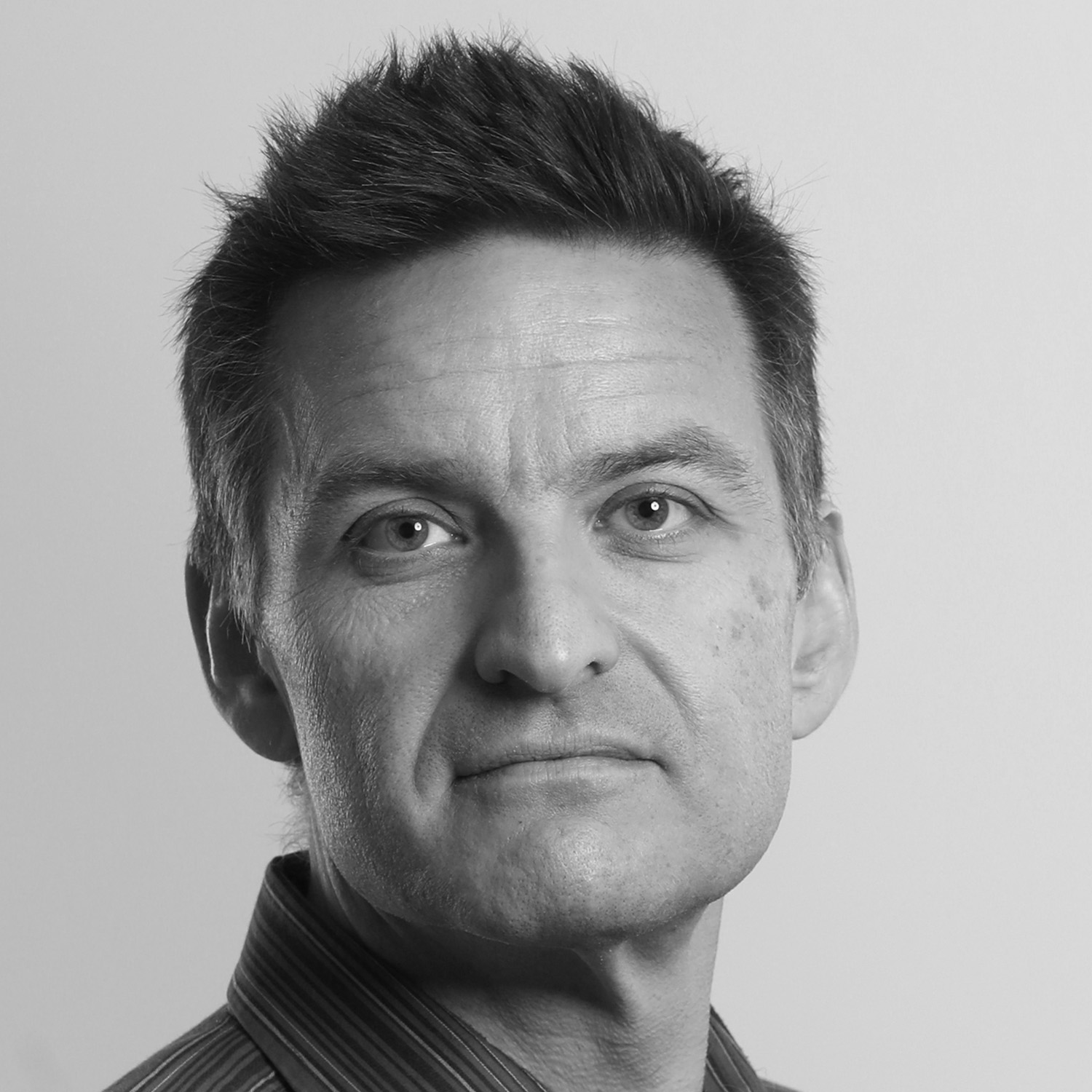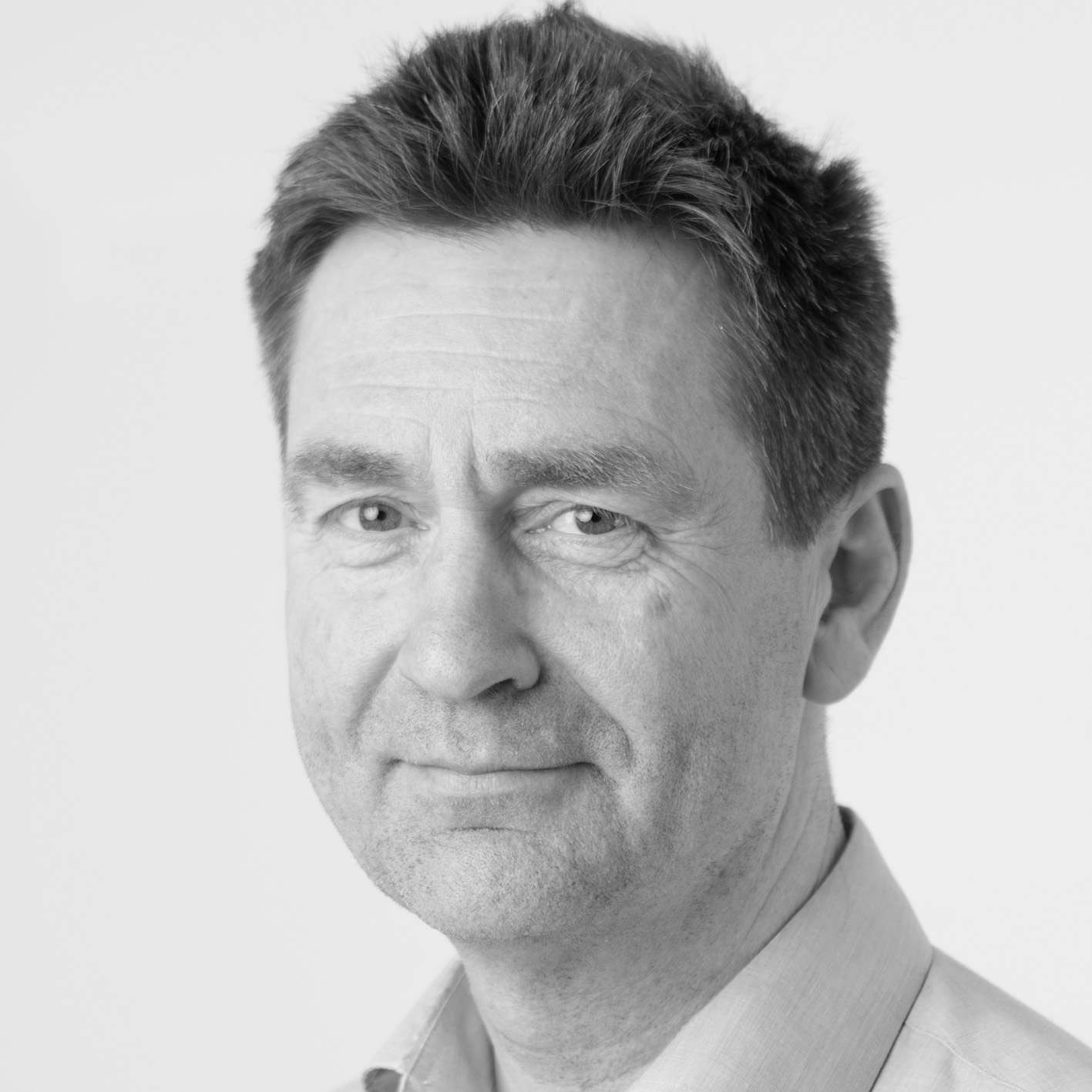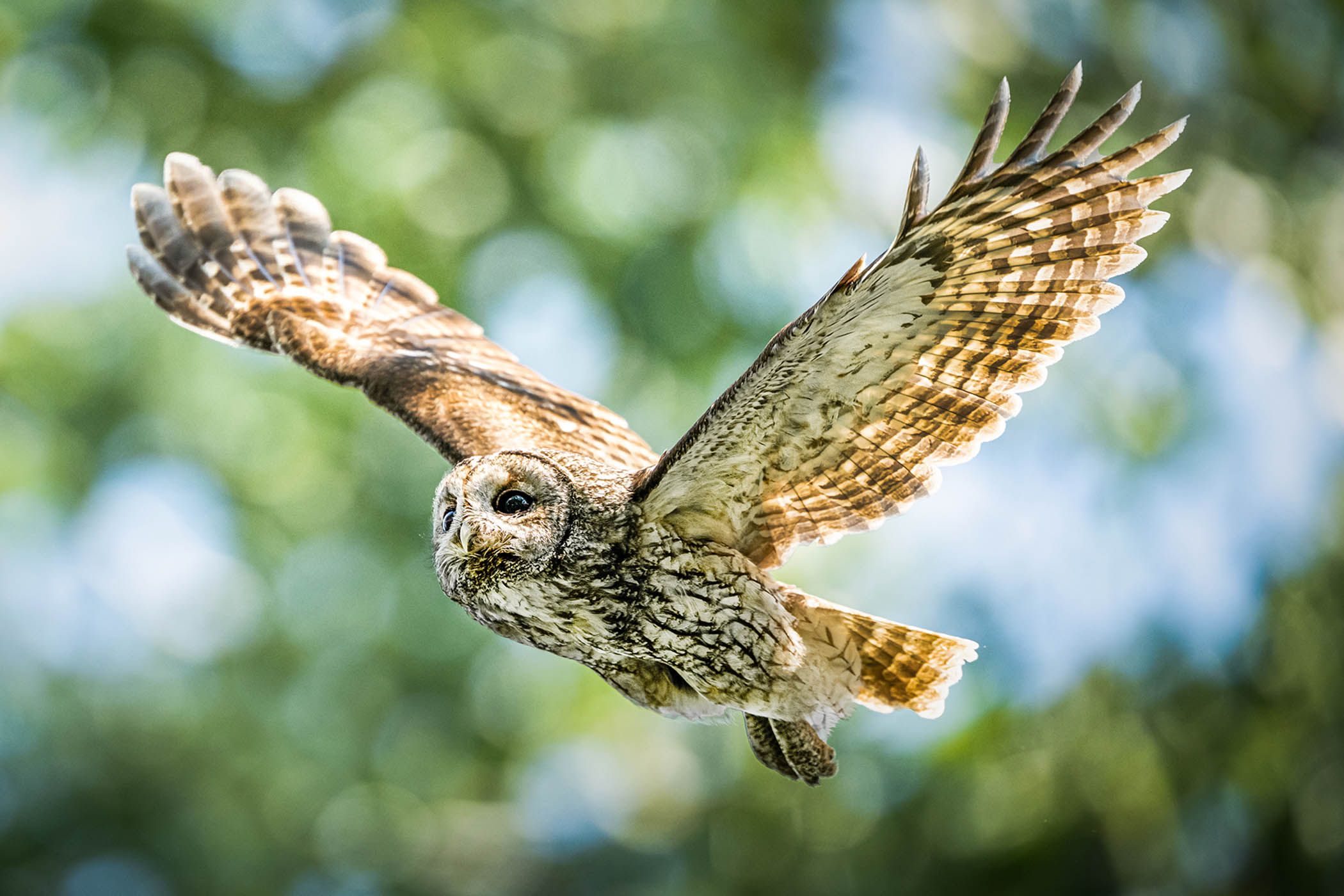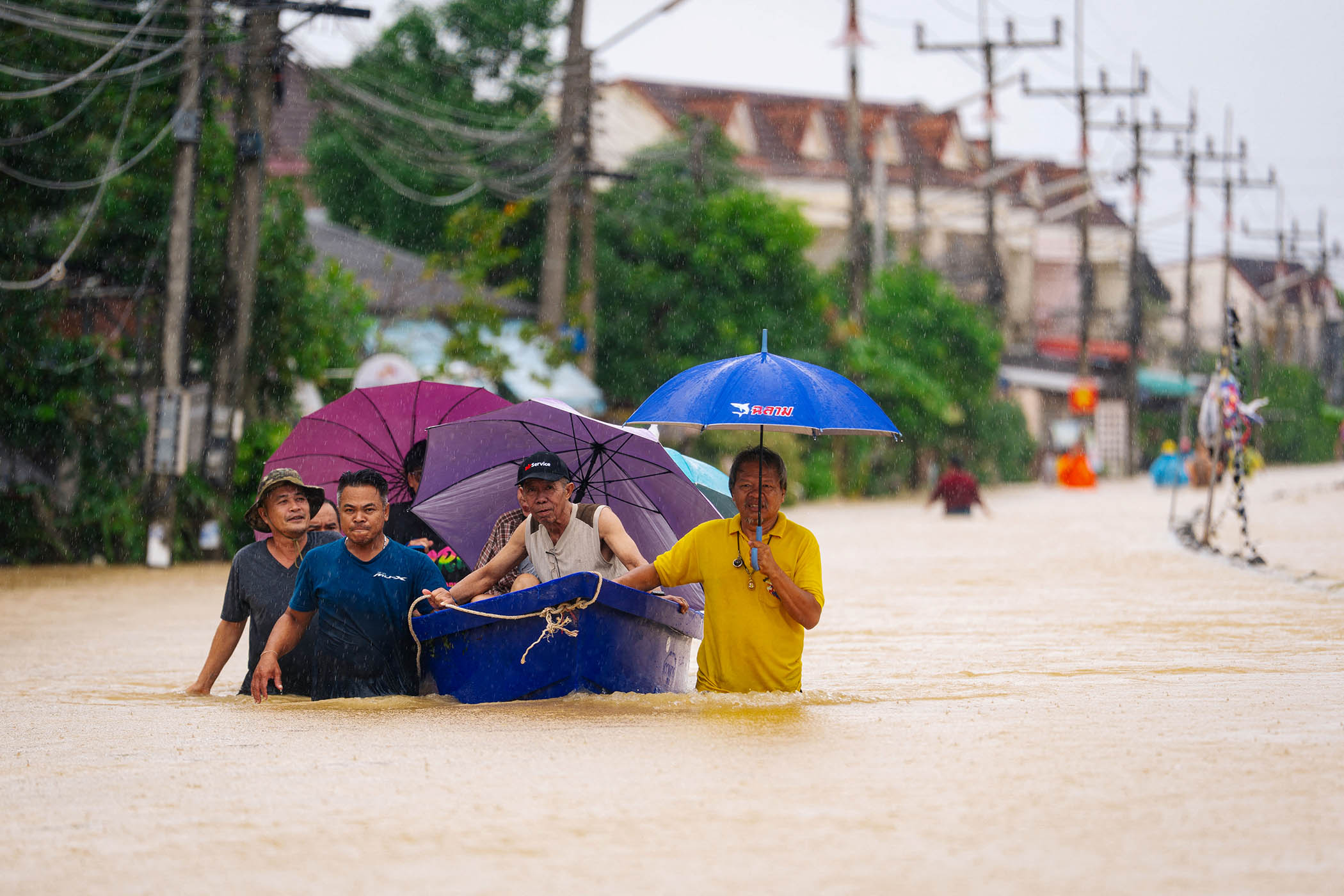More than 300 trawlers have been tracked fishing in some of the most vulnerable marine areas in European waters, where destructive bottom trawling is banned.
The trawlers carried out 3,500 hours of suspected fishing activity in protected waters off the coasts of Ireland, France, Spain and Portugal.
They were tracked by Bloom, a nonprofit conservation body, which used satellite data to monitor the paths of the vessels in the protected zones. This data can typically show whether a vessel is fishing because its path will be back and forth across the same are – suggesting that many of the vessels were bottom trawling.
The EU closed 87 areas in European waters to bottom trawling in November 2022, ranging from 400 metres to 800 metres in depth. Ocean conservation organisations are now calling for Spain, France and Portugal to properly implement the ban in these protected waters.
Last week, the European general court, part of the European court of justice, upheld the ban on deep-sea fishing in parts of the Atlantic ocean that can contain reefs, sea anemones and sponges. It dismissed a legal action from the Spanish government and fishing groups against the closures.
Related articles:
Bloom’s study, published in the journal Science Advances earlier this year, suggested that two bottom trawlers – which together spent more than 400 hours fishing in the protected zones – were from Portugal. They were the Praia Lusitana and Avo Nico. According to the EU fleet register, both vessels are only equipped with bottom trawl nets. The EU register does not disclose the owners.
“We believe that certain countries are turning a blind eye to the fleets involved in bottom trawling,” said Frédéric Le Manach, scientific director at Bloom.
“We consider these countries do not implement the sufficient controls and surveillance methods that are necessary to protect the ocean.”
Bloom wants the countries where the vessels identified in the study are registered to investigate them. The research tracked 312 vessels fishing in the protected zones between November 2022 and October 2023. It identified 32 trawlers, which accounted for 50% of the fishing hours in these zones. Bloom has lodged a complaint with the European Commission over claims that France, Spain and Portugal are failing to control their fishing fleets.
Researchers estimate that about a quarter of global seafood comes from bottom trawling, which is used to catch fish such as cod or haddock, flatfish such as halibut and sole, or crustaceans such as prawns or molluscs. The process also brings in unwanted fish, known as bycatch, which are often dumped overboard.
The threat to marine life has been exposed in David Attenborough’s new film, Ocean, which includes footage of the damage caused to the ocean floor by bottom trawling. Steve Reed, the environment secretary, last weekend announced a proposal to ban bottom trawling across 41 of England’s marine protected areas.
‘We believe certain countries are turning a blind eye to the fleets involved in bottom trawling’
Frédéric Le Manach, Bloom
There are hundreds of marine protected areas worldwide, but the practice is not banned in most of them. Jonny Hughes, senior policy manager at the Blue Marine Foundation charity, said: “Bottom fishing is the most damaging thing that happens at sea, particularly coupled with overexploitation.
“You’ve got too many fish being caught in a way that has the biggest possible side-effects.”
Most bottom trawling happens in shallower coastal waters and continental shelves, which are also areas more likely to have coral reefs and other habitats.
The Observer revealed last weekend how trawlers controlled by Chinese companies are involved in destructive fishing practices in west African seas. Last week, Ghana’s fisheries minister, Emilia Arthur, announced at the UN Ocean Conference that the country would exclude industrial bottom trawling and other destructive practices from the entirety of its territorial seas, and extend a national inshore exclusion zone from six to 12 nautical miles.
